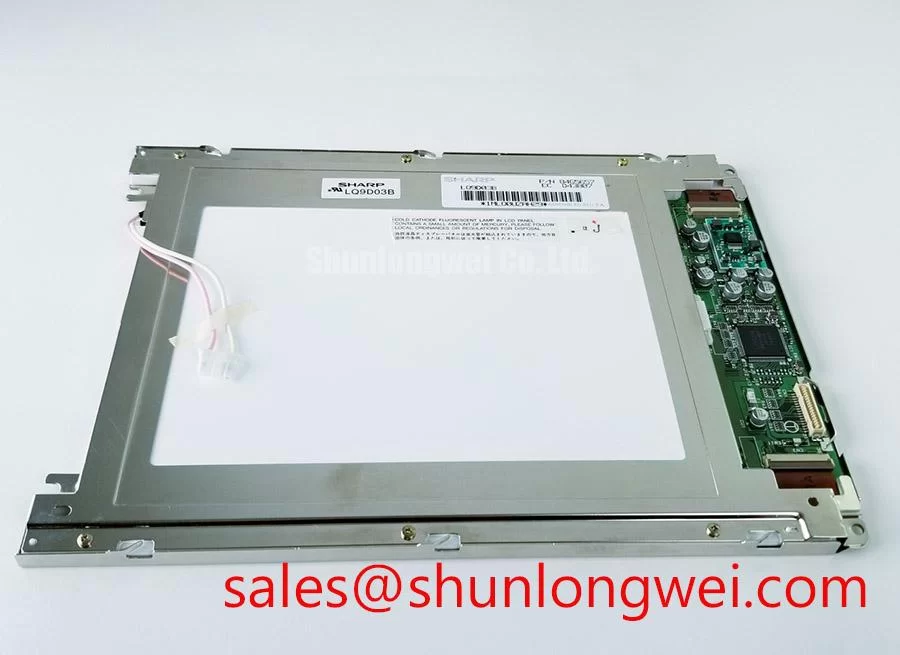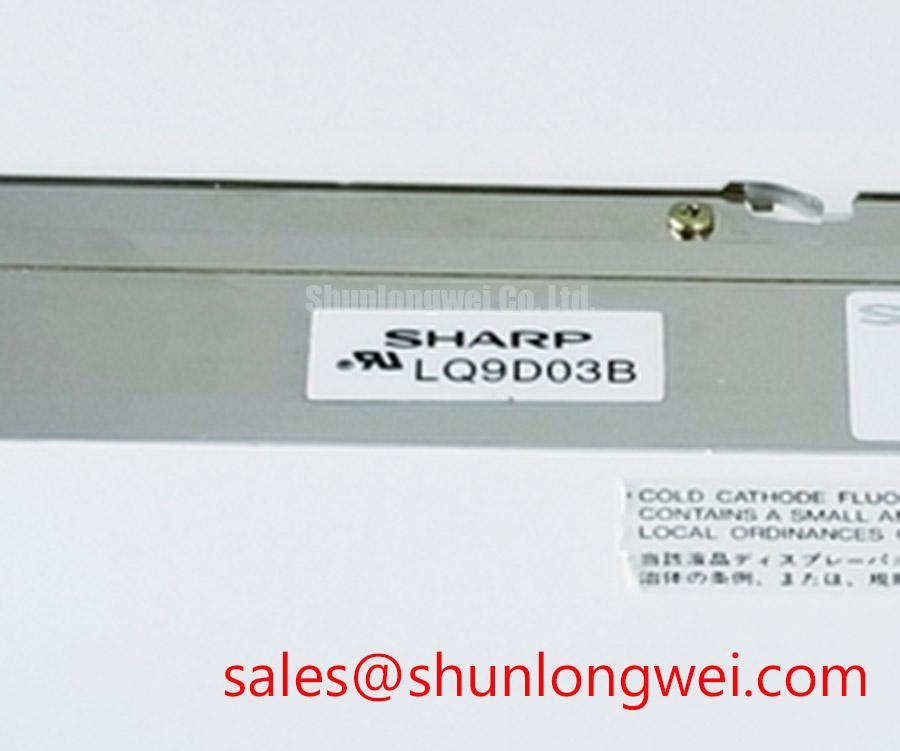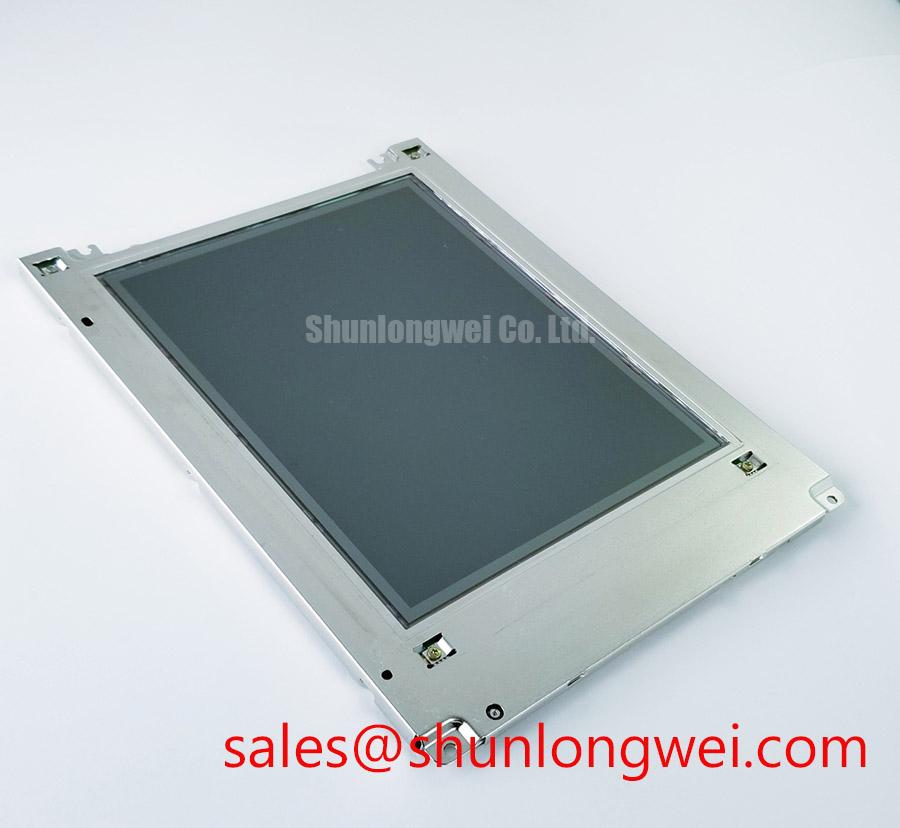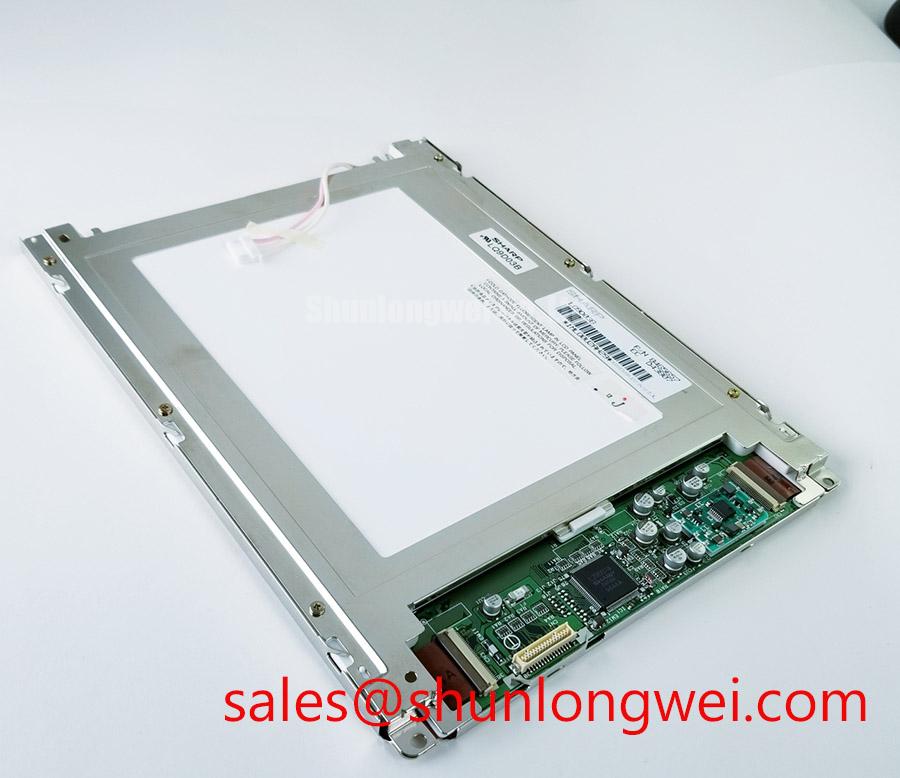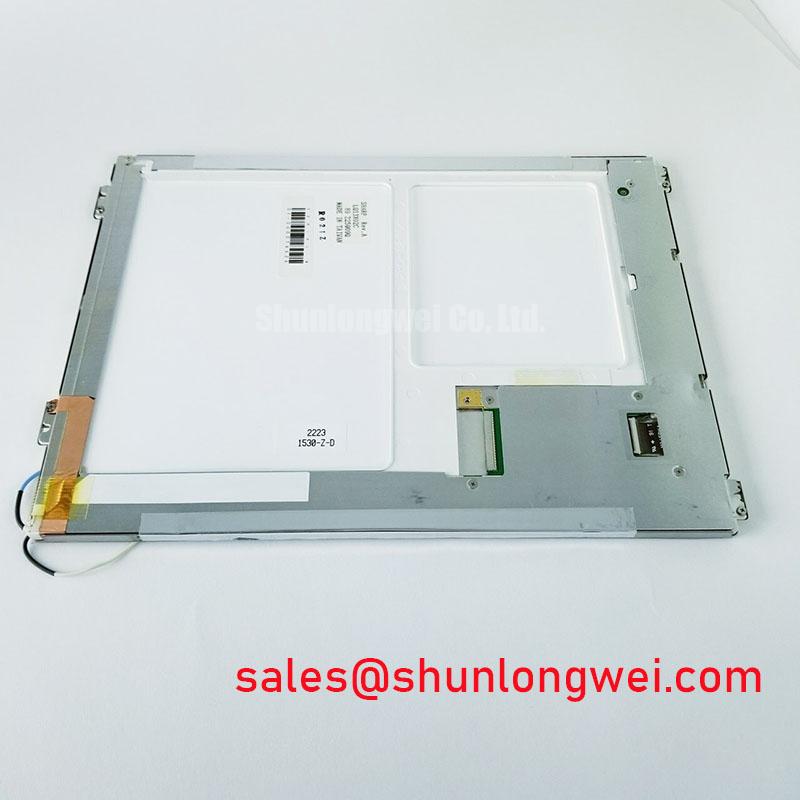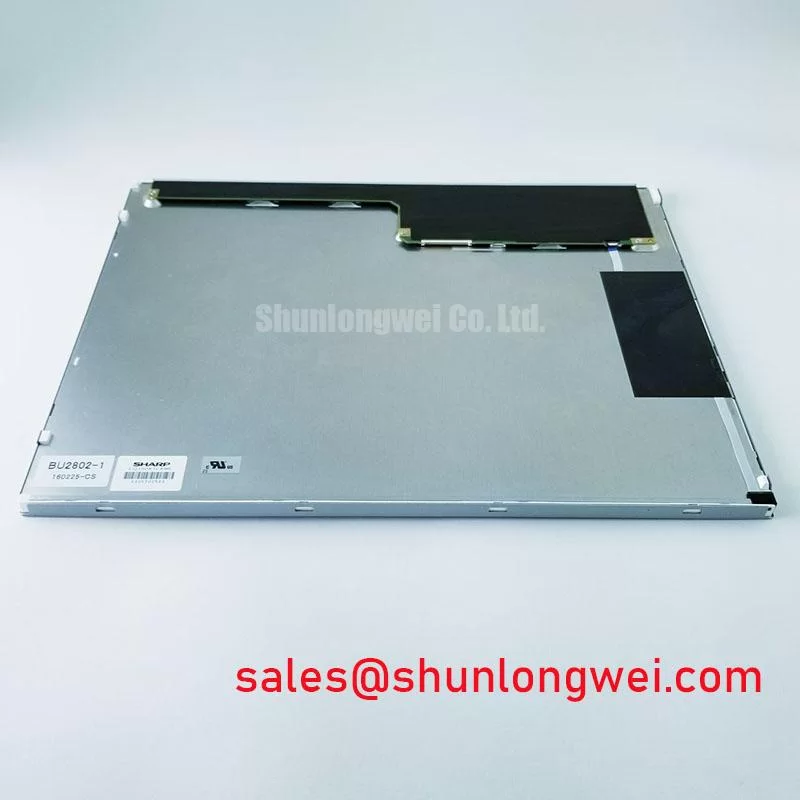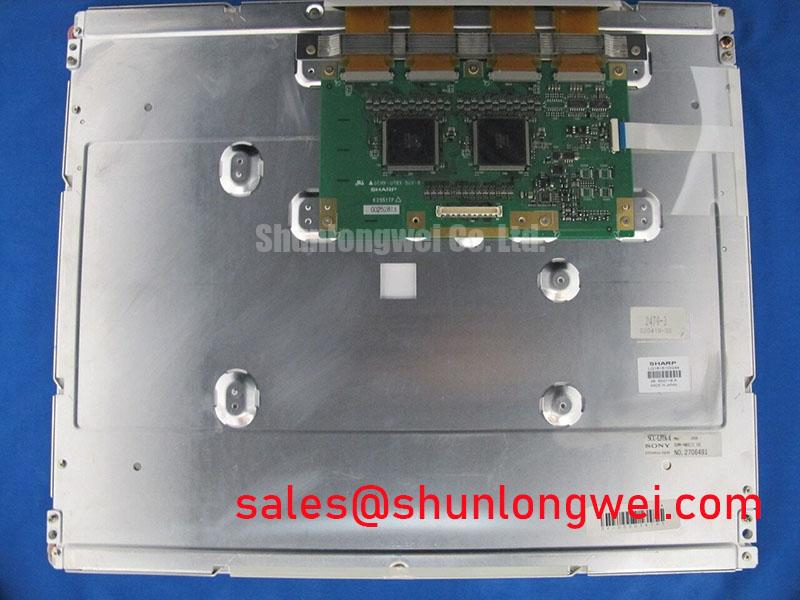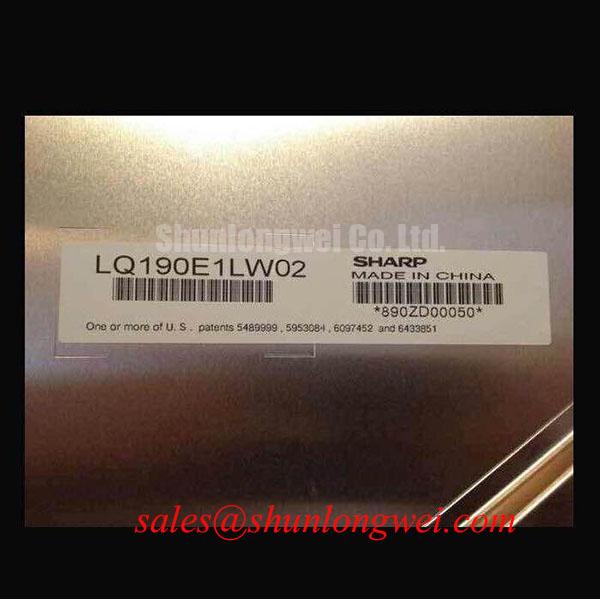Content last revised on October 29, 2025
LQ9D03B - Sharp 8.4" 640x480 a-Si TFT-LCD Display
Product Overview
Ensuring Operational Continuity for Legacy HMI Systems
The Sharp LQ9D03B is an 8.4-inch VGA display engineered for form-fit-function replacement, ensuring the operational continuity of established industrial and medical systems. With key specifications of 8.4” VGA 640x480 | 4-bit Parallel RGB Interface | 10,000-hr CCFL Backlight, this panel delivers two critical engineering benefits: seamless legacy system integration and the elimination of costly equipment redesign. For engineers needing a direct-replacement 8.4-inch 640x480 panel, the LQ9D03B provides a native Parallel RGB interface, guaranteeing electrical compatibility with legacy controller hardware. What is the primary benefit of its form-factor? It provides a drop-in replacement, avoiding mechanical modifications to existing enclosures. Best fit for maintaining the validated performance of existing HMI systems requiring a 70-nit, 8.4-inch VGA display.
Application Scenarios & Value
System-Level Benefits in Maintenance, Repair, and Operations (MRO)
The primary value of the Sharp LQ9D03B lies in its ability to extend the operational life of capital-intensive equipment. Consider an industrial CNC machine or a medical diagnostic device designed in an era where VGA resolution and parallel interfaces were standard. When its original display fails, the engineering challenge is not just to find a screen, but to find one that prevents a cascade of expensive modifications. Sourcing a modern display would require developing a signal conversion board, redesigning the mounting mechanics, and potentially re-validating the entire HMI software stack—a process that introduces cost, downtime, and risk.
The LQ9D03B directly solves this challenge. Its 640x480 resolution, 242.5 x 179.4 mm frame, and 31-pin parallel interface are designed for 1:1 replacement. This enables a technician to restore a vital piece of equipment to its original, certified performance specifications with minimal downtime. For systems that have undergone upgrades or require higher brightness, the related AA084VC03 offers the same 8.4-inch VGA format but with a modern, brighter LED backlight.
Key Parameter Overview
Decoding the Specs for Legacy System Compatibility
The technical specifications of the LQ9D03B are tailored for its role as a replacement component in established systems. The parameters below confirm its suitability for indoor industrial environments and its compatibility with legacy video controllers.
| Parameter | Specification | Engineering Value |
| Panel Size | 8.4 inches | Standard size for older industrial control panels and medical devices. |
| Resolution | 640(RGB)×480 (VGA) | Ensures 1:1 pixel mapping with HMI software designed for VGA standard. |
| Interface Type | Parallel RGB (1 ch, 4-bit) | Guarantees direct electrical connection to legacy controller boards. |
| Brightness | 70 cd/m² (Typ.) | Sufficient for controlled, indoor lighting conditions. |
| Contrast Ratio | 100:1 (Typ.) | Provides clear differentiation for text and basic graphical elements. |
| Backlight System | CCFL, 10,000 hours (Min.) life | Provides a predictable service life for maintenance planning. |
| Operating Temperature | 0 ~ 50 °C | Suitable for factory floor and control room environments. |
| Surface Treatment | Antiglare, Hard coating (2H) | Reduces reflections from overhead lighting and resists minor abrasions. |
Download the LQ9D03B datasheet for detailed specifications and performance curves.
Technical Deep Dive
Navigating CCFL and Parallel Interface Integration
Understanding the technology of the LQ9D03B is key to its successful deployment in MRO scenarios. The display utilizes a Cold Cathode Fluorescent Lamp (CCFL) for its backlight. This technology requires an external high-voltage inverter to operate, a critical piece of information for system-level troubleshooting. If a screen is dark, the failure could be in the panel's CCFL tube or the separate inverter board that powers it. The specified 10,000-hour minimum life provides a baseline for when this component may require service.
The 4-bit Parallel RGB interface is another hallmark of its design era. Why is the parallel interface critical? It ensures direct electrical compatibility with older control systems. This interface transmits color data for each pixel simultaneously over a set of parallel wires. Think of it as a multi-lane local road—direct and simple for the short distances inside a machine. This contrasts with modern interfaces like LVDS, which act more like a high-speed, shielded freeway, using differential pairs to transmit data reliably over longer distances and at higher speeds. The LQ9D03B's interface is perfectly matched to the output of the microcontrollers and graphics chips it was designed to work with.
Frequently Asked Questions (FAQ)
What are the integration requirements for the CCFL backlight?
The CCFL backlight requires a separate, external high-voltage inverter to function. This component is not integrated into the display module itself. When replacing a panel, it's crucial to ensure the existing inverter is functional or to source a compatible one that provides the specified startup and operating voltage.
With a 10,000-hour minimum lamp life, what is the expected service interval for the LQ9D03B's backlight?
A 10,000-hour life equates to approximately 14 months of continuous 24/7 operation. In a more typical 8-hour, 5-day-a-week industrial setting, this translates to a service life of nearly 5 years, providing a predictable timeframe for planned maintenance before the backlight's brightness significantly degrades.
Is the 4-bit Parallel RGB interface compatible with modern single-board computers?
Generally, no. Modern single-board computers (SBCs) like the Raspberry Pi or industrial PCs output video via HDMI, DisplayPort, or LVDS. Connecting the LQ9D03B would require a specialized and often custom-designed converter board to translate the modern signal into the legacy parallel format, which is complex and not recommended for new designs.
Strategic Component Management
Sustaining High-Value Assets with Authentic Replacement Parts
The availability of components like the Sharp LQ9D03B is a cornerstone of a strategic approach to managing long-lifecycle industrial assets. For industries where equipment validation and certification are costly and time-consuming, maintaining the original system configuration is paramount. By providing a form-fit-function compatible a-Si TFT-LCD, this display enables businesses to maximize the return on their original capital investment, ensure operational stability, and avoid the risks associated with unproven, third-party system modifications. It represents a commitment to the principle of legacy system support, which is critical in the industrial, medical, and instrumentation sectors.

